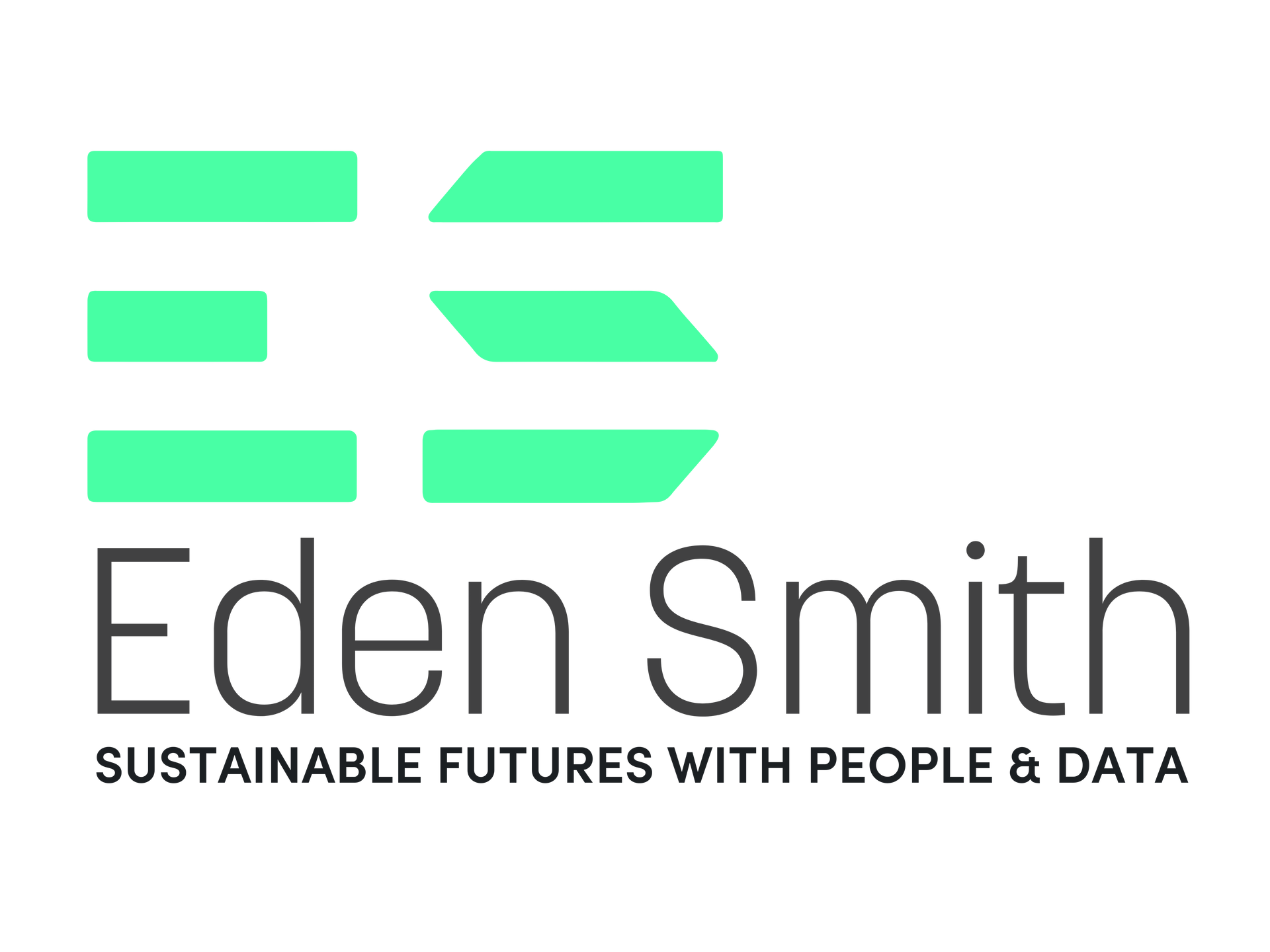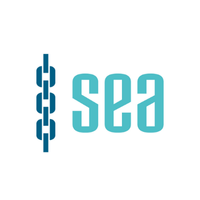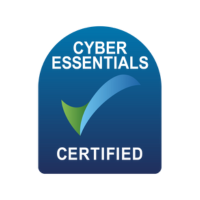The Power of Mentorship in Data Careers
The Power of Mentorship in Data Careers
Mentorship is one of the most powerful tools in shaping successful careers, especially in the fast-evolving world of data. For early-career professionals navigating complex tools, technical skills, and industry expectations, a mentor can offer invaluable guidance, encouragement, and direction.
A great mentor can help bridge the gap between academic knowledge and practical application. They provide clarity on career goals, help refine your data storytelling abilities and offer insight into the dynamics of data teams and industry trends. Whether you're learning how to craft a compelling portfolio or make sense of your first data project at work, a mentor’s perspective can be the difference between confusion and confidence.
Finding the Right Mentor in the Data Industry
So how do you find a mentor that aligns with your career goals? Start by identifying individuals who are doing what you aspire to do—whether they’re analysts, data scientists, data engineers, or AI strategists. LinkedIn, professional forums, data communities like DataTalks. Club, and meetups (virtual or in-person) are all excellent places to begin your search.
When reaching out, be respectful of their time. A concise message explaining who you are, why you admire their work, and what kind of guidance you’re seeking can go a long way. You might say: "I’ve been following your work on responsible AI and found your recent talk really inspiring. I'm an early-career data analyst eager to improve my model evaluation skills. Would you be open to a brief chat or mentorship?"
Once the relationship is established, make it a two-way street. Be prepared with thoughtful questions, share your progress, and offer your own insights where relevant. Mentorship works best when it feels collaborative rather than one-sided.
Becoming a Mentor and Building a Culture of Knowledge-Sharing
As you progress in your own career, there comes a time when you can and should give back. Becoming a mentor isn’t just about sharing knowledge; it’s about uplifting others and strengthening the data community.
You don’t need to be a senior executive to offer mentorship. If you’ve been in the industry for a couple of years, there’s already someone a few steps behind you who could benefit from your experience. Sharing your journey through blog posts, webinars, or one-on-one sessions creates ripples of learning that extend far beyond one individual.
Mentorship also benefits the mentor. Teaching reinforces your own understanding and encourages empathy, communication, and leadership skills qualities that are invaluable for long-term career success.
Ultimately, mentorship is a cycle. You seek guidance, grow from it, and then pass it on. That’s how we build not just careers, but a thriving, supportive culture in data and AI.
Contact Marie May At Eden Smith to chat more about our Nurture Programme and how it could help you.












